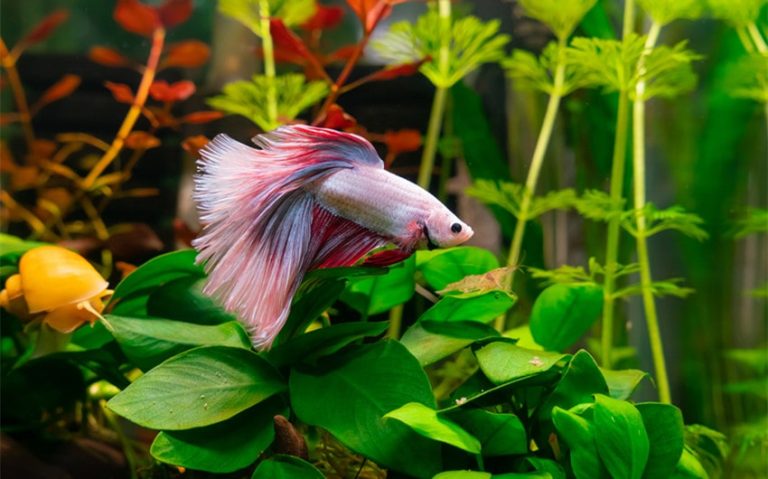When Do Dogs Start Graying: 5 Factors That Influence Timing
Have you noticed a few gray hairs appearing on your dog’s muzzle or coat and wondered what it means? Just like humans, dogs can go gray as they age, but the process isn’t the same for every pup. Many pet owners find themselves asking, “When do dogs start graying?”
The answer depends on factors like genetics, stress, and overall health. While graying is often a natural part of aging, it can sometimes indicate other influences. In this article, we’ll explore why dogs gray and what it reveals about their well-being, helping you better understand your furry friend.
1. The Natural Aging Process and Decline in Melanin Production
As dogs age, the cells responsible for producing pigment, known as melanocytes, gradually become less active. Melanin is the pigment responsible for the color in a dog’s coat, skin, and eyes. Over time, the number of functioning melanocytes decreases, leading to a dilution of color in the fur and resulting in gray or white hairs. This natural process, called melanocyte senescence, is inevitable and typically begins when dogs reach middle age.
- When it starts: Most dogs begin to gray around 5–7 years of age, although this varies by breed and individual.
- Where it appears first: Graying often starts around the muzzle, face, and eyebrows due to increased blood circulation in these areas, which may expose the melanocytes to oxidative stress.
The decline in melanocyte function is a natural biological process and is not usually associated with any health concerns. However, the rate of graying can vary significantly depending on genetic and environmental factors.
2. The Role of Genetics in Premature Graying
Genetics plays a significant role in determining when and how a dog grays. Some breeds are predisposed to graying earlier than others due to inherited traits. For example, Labrador Retrievers, Boxers, Poodles, and Schnauzers often exhibit early graying regardless of age or stress. This is a result of genetic programming that dictates the lifespan and activity of their melanocytes.
- Inherited patterns: A dog’s predisposition to graying can often be traced to their lineage. If a dog’s parents or grandparents showed early signs of graying, the likelihood of it appearing in the offspring is higher.
- Breed-specific traits: Breeds that have a high prevalence of specific coat colors (e.g., black or dark coats) may show graying more prominently, even if it’s not premature.
While genetic predisposition is a key factor, it is not inherently linked to health concerns unless coupled with other symptoms.
3. Stress and Anxiety-Induced Premature Graying
Chronic stress and anxiety have been scientifically linked to premature graying in dogs. Stress activates the hypothalamic-pituitary-adrenal (HPA) axis, leading to the release of stress hormones like cortisol. Prolonged exposure to elevated cortisol levels can damage melanocyte function, resulting in the early onset of gray hairs.
- Scientific link: A 2016 study published in Applied Animal Behaviour Science found that dogs with higher levels of anxiety and impulsivity were more likely to exhibit premature graying by the age of 4.
- Common triggers: Stressors such as separation anxiety, fear of loud noises, and environmental instability (e.g., frequent moves or household changes) can contribute to increased cortisol levels.
The appearance of stress-related graying is often accompanied by behavioral signs, such as pacing, excessive barking, or destructive habits, making it essential for owners to address the root cause of their dog’s anxiety.
4. Health Conditions and Premature Graying
Image source: Pinterest
While graying is often a natural and harmless process, certain health conditions specific to dogs can accelerate the loss of pigmentation in their coats. These conditions usually affect the skin, hair follicles, or overall metabolism, disrupting the normal function of melanocytes.
- Canine Hypothyroidism: Hypothyroidism is a common hormonal disorder in dogs, particularly in medium to large breeds such as Golden Retrievers, Doberman Pinschers, and Labrador Retrievers. It occurs when the thyroid gland underproduces hormones critical for maintaining healthy hair growth. Dogs with hypothyroidism may experience coat thinning, dry fur, and premature graying, particularly around the muzzle and face. Accompanying symptoms include weight gain, lethargy, and intolerance to cold.
- Canine Autoimmune Disorders: In dogs, autoimmune conditions such as vitiligo can affect pigmentation. Vitiligo causes depigmented patches on the skin and fur due to the immune system attacking melanocytes. While rare, it can lead to localized graying in affected areas, especially in breeds like Rottweilers, Siberian Huskies, and Dachshunds.
- Nutritional Deficiencies in Dogs: Poor nutrition or imbalanced diets can lead to coat discoloration and premature graying. For example, deficiencies in essential nutrients such as zinc and biotin can compromise the health of hair follicles in dogs. These nutrients are vital for maintaining pigmentation and coat quality. Diets lacking in these elements are more likely to result in graying or dull coats.
If premature graying is accompanied by symptoms like weight changes, lethargy, or skin abnormalities, it is important to consult a veterinarian for further evaluation.
5. Environmental and Oxidative Stress
Environmental factors, such as exposure to pollutants or UV radiation, can contribute to oxidative stress in a dog’s body. Oxidative stress occurs when there is an imbalance between free radicals and antioxidants, leading to cellular damage. Over time, this damage can affect melanocytes and contribute to premature graying.
- Sun exposure: Dogs that spend significant time outdoors, especially those with darker coats, may experience increased oxidative stress due to UV radiation.
- Pollutants: Prolonged exposure to air pollution or other environmental toxins may exacerbate cellular aging, including the decline of melanocyte activity.
While environmental factors are less significant than genetics or aging, they can accelerate graying in susceptible dogs.










